The pre-war Polish women had an irresistible charm that emerges from old photos and enchants us from the film frames. Natural, beautiful, and often pugnacious, they did not rely solely on their beauty. We present a gallery of extraordinary women, the sight of which will beat your heart faster.
1. Loda Halama
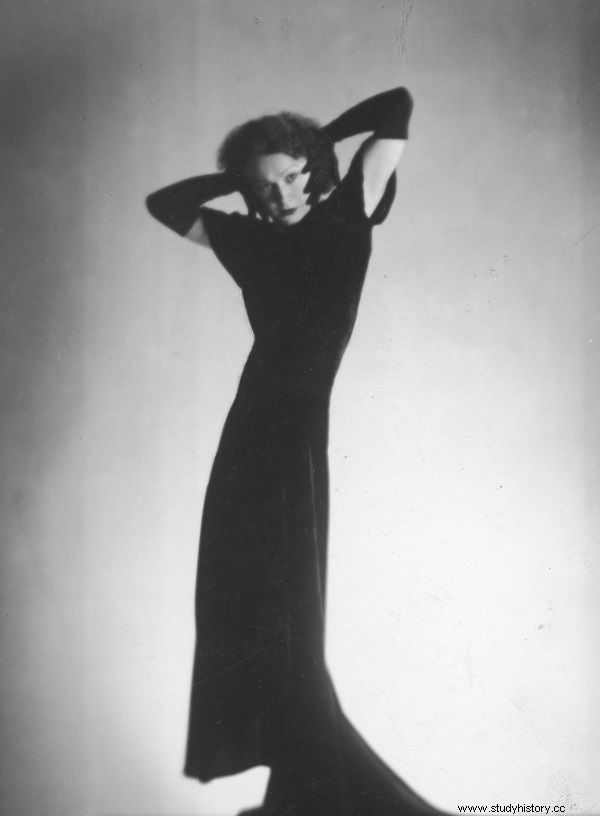
Loda Halama (photo:public domain)
On the stages of pre-war Poland, Loda Halama was an undeniably unique phenomenon. Her figure was a combination of grace and element. When she started to dance, she was simply unbridled, which can be seen in the surviving recordings. She was born in 1909 or 1911 during the tour of her parents (dancers and musicians).
With the stage in her blood, she began to dance very quickly. She performed with her mother and sisters in the family group "Sisters of Halama", giving performances in revue theaters. Her great talent is evidenced by the fact that for two years she was a prima ballerina at the Grand Theater in Warsaw, and her skills and temperament were also appreciated on foreign stages.
2. Władysława Śliwińska
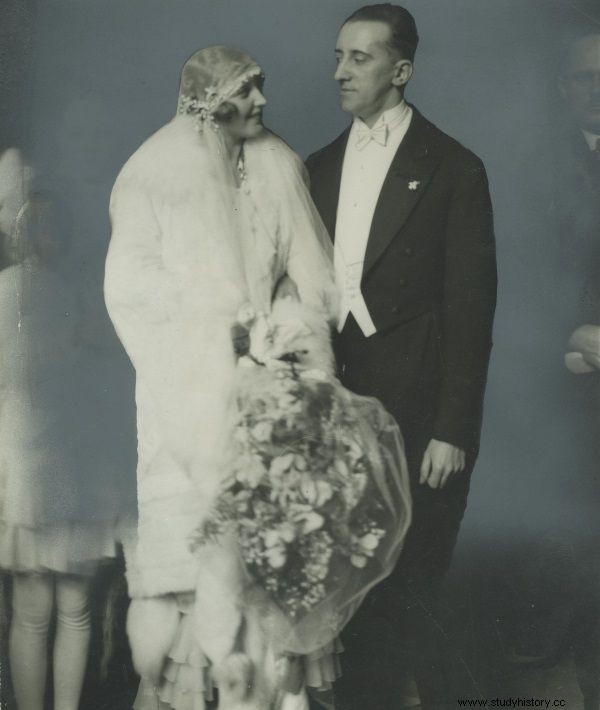
Władysława Śliwińska (photo:public domain)
On January 27, 1929, a respectable jury gathered at the Polonia Hotel in Warsaw, including the writer Tadeusz Boy-Żeleński, painters Karol Frycz and Tadeusz Pruszkowski, sculptors Henryk Kuna and Edward Wittig, and writers Zdzisław Kleszczyński and Jerzy Zagórski. That day they were delighted with their candidate, who adopted the modest pseudonym Limba. On a daily basis, she worked for the Miejska Kasa Oszczędnościowa in Warsaw, but in the fight for the title of the most beautiful, she defeated the aristocrat. She became the first ever winner of the Miss Polonia competition!
Later, at the Miss Europe competition, she again proved that she can charm the jurors and took second place. Her life looked like a fairy tale. She was a star, she married a lawyer with whom she lived for several dozen years. When the war broke out, Śliwińska left the country. In France, where it eventually ended up, it began operating in the anti-Nazi underground. She has been awarded many times for her work, including by British intelligence and the governments of Poland and France.
3. Jadwiga Smosarska
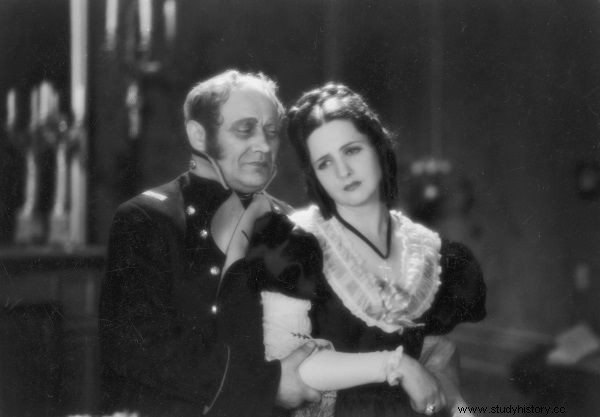
Jadwiga Smosarska (photo:public domain)
When Jadwiga Smosarska entered the stage, the audience could hear the clink of dozens of male hearts splashing into tiny pieces. This one of the most famous pre-war actresses starred in 40 plays and 26 Polish films, thanks to which she gained great popularity in the country. She did not wash her dirty clothes in public, did not talk about her private life, scandals were not her domain, and yet she was on everyone's lips. Marriage offers were pouring in from all over the world.
Men wanted to marry her and women ... become her. She herself led a quiet life. When she finally decided to get married, she herself proposed to her beloved man. It was the engineer Zygmunt Protassewicz, whom she met in Krynica through a mutual friend, the famous singer Jan Kiepura. Before the marriage took place, she hired her chosen one to build her a house.
4. Ina Benita

Ina Benita (photo:public domain)
Janina Maria Bułhak was born on February 1, 1912. As a fledgling, she went to Paris to learn French (she had an extraordinary linguistic talent), and when she returned four years later, she was a beautiful young woman. In Poland, she enrolled in a drama school for vocal and drama courses and adopted her characteristic pseudonym. She began her career with revue performances in 1931, but it was not particularly spectacular. There have been no reviews praising her game, rather a minor mention of her having nice legs. Her real chance was in the audio film.
People of the cinema often visited the inferior theaters in search of new faces and voices. With the advent of the sound film, many previously shining stars had to disappear from the firmament. The ideal of a woman-vamp was also departing, and the fashion for smiling and feminine, coquettish actresses, whose sweet and blonde hair Ina Benita was a perfect example, began to grow. After starring in the first film in 1932, her career took off quickly. It was interrupted by the outbreak of the war. A shadow on Ina Benita's biography is the fact that she performed in open theaters during the German occupation and became involved with a German officer.
5. Ordonka
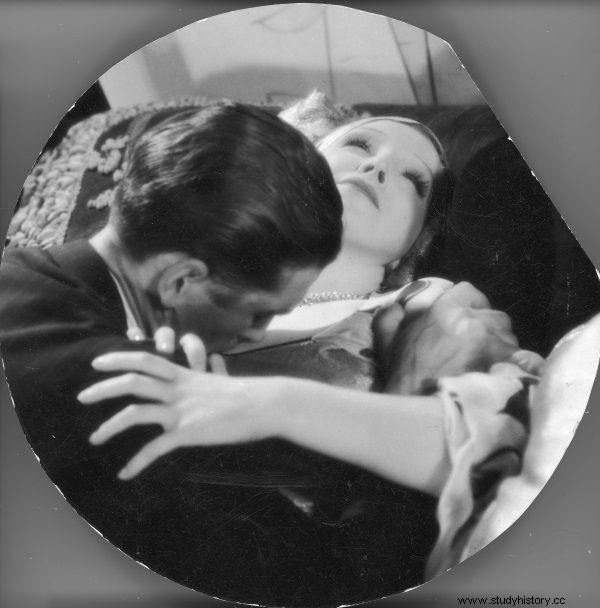
`Ordonka in the movie" Spy in a Mask "(photo:public domain)
Maria Anna Pietruszyńska was the daughter of a railwayman, whom her parents enrolled in the ballet school at the Grand Theater in Warsaw, because she could count on a hot meal there. They did not expect that stage training would give their daughter the weapon to rise to the skies of pre-war stars and iconic beauties. She made her debut at the age of sixteen in the "Sfinks" theater, and later worked in Warsaw cabarets. She also performed on foreign stages and trained in Italy, Vienna and Paris. We owe her many unforgettable creations, but she is most associated with the immortal song "Love will forgive you everything", from the movie "Spy in a mask".
In 1931, she became the truest countess, marrying Michał Tyszkiewicz, but she did not give up on stage performances and revues. During World War II, she was first arrested by the Gestapo (released thanks to her husband's efforts), and later by the NKVD. The second time she was taken to a labor camp in Uzbekistan. Over time (after the Sikorski-Majski pact), she became a protector of Polish orphans released from Soviet captivity, who were recovering at the other end of the world.
6. Lena Żelichowska

Lena Żelichowska in the movie "Spy in a Mask" (photo:public domain)
Lena Żelichowska also took her first steps towards her career by clutching the bar in the ballet room. At the age of six, she began studying ballet at Piotr Zajlich's school, and at the age of sixteen she began performing at the Grand Theater. In 1929, she began her career in revue theaters, initially as a dancer, later also as a reciter and singer. Her exotic beauty meant that she could play many interesting roles. At the Grand Theater in Warsaw, she played the role of Hawaiian in the play "The Sun in Mexico".
Her cinematic debut was the same film that Ordonówna brought her greatest hit, the 1933 painting "Spy in a Mask". After the outbreak of the war, together with her husband Juliusz Norblin, they escaped via Romania and after various adventures ended up in Bombay. In India, they joined several thousand Polish immigrants, and Żelichowska was active with Ordonka, organizing patriotic performances.
7. Jadwiga Beck
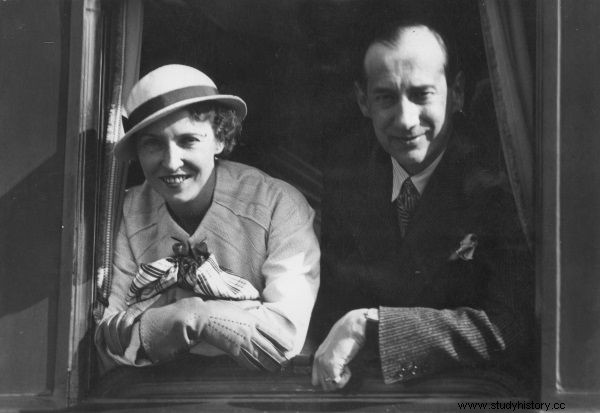
Jadwiga Beckowa (photo:public domain)
Jadwiga Salkowska was not just anyone. She came from a good family, she received a thorough education, starting from Miss Warecka's renowned salary, ending with studying art history. She knew several languages very well, was in the world, was incredibly intelligent, which is evident from the pages of her autobiography. When her second husband, Józef Beck, was appointed foreign minister, she felt like a fish in the water. For years, she was one of the most important celebrities of pre-war Poland, but she also played a much more important role.
As the wife of the minister of foreign affairs, she was the first lady of Polish diplomacy. While traveling with her husband around the world, she met Hitler, Mussolini, the British king. Always prepared, perfectly dressed, she charmed her interlocutors. She attracted the attention of men with her remarkable beauty and class. Although she approached the fulfillment of her tasks as a minister's wife like a real primate, she did not manage to avoid some mishaps. For example, when, while in Spain, she mistook King Alfonso XIII on the phone with her hairdresser Alfonso. Fortunately, the monarch showed a sense of humor.
8. Elżbieta Barszczewska
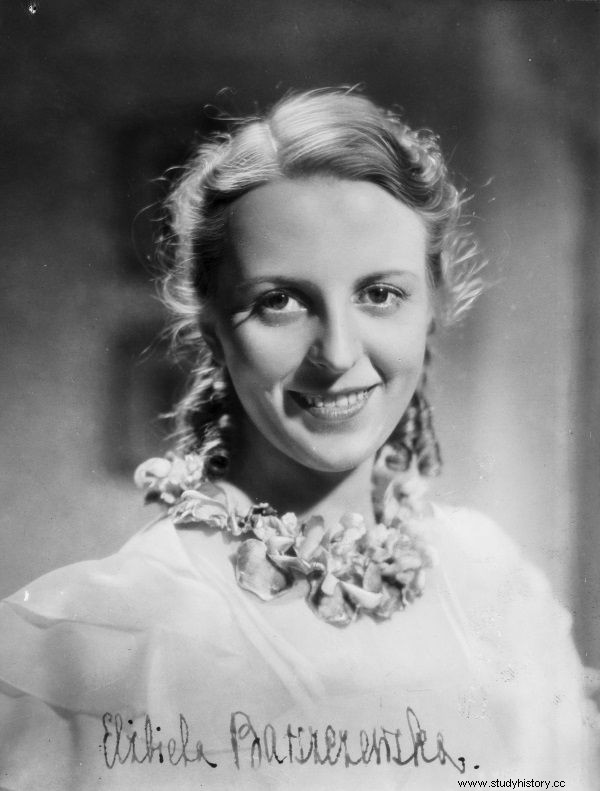
Elżbieta Barszczewska (photo:public domain)
Little Ela was born in an atmosphere of a terrible scandal. When her father met her mother, he was still married and his wife was not going to divorce him. The mother rose with pride and decided that she would do it on her own, although her parents, hearing about the pregnancy, severed all relations with her. Elżbieta inherited her acting talent from her father's sister Wanda Barszczewska, who gave her niece diction and acting lessons. Barszczewska then studied at the State Institute of Theater Arts.
She made her theater debut in the mid-1930s, and her most famous performance is the role of Stefcia Rudecka in the second cinematic adaptation of Helena Mniszkówna's Leper. The following year she also played Professor Wilczur's daughter in "Znachor". Some facts about her life were reported in her "Diary" by the writer Maria Dąbrowska, who was her mother's cousin privately. For example, Barszczewska confided in her that two actors are in love with her, not to mention other admirers. She did not marry the man she chose until 1946, after they had survived the uprising, the camp, and the year-long separation.
